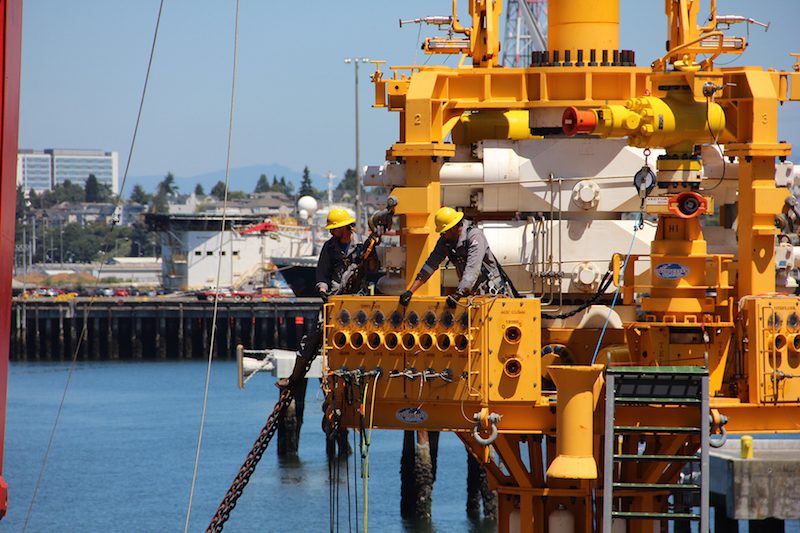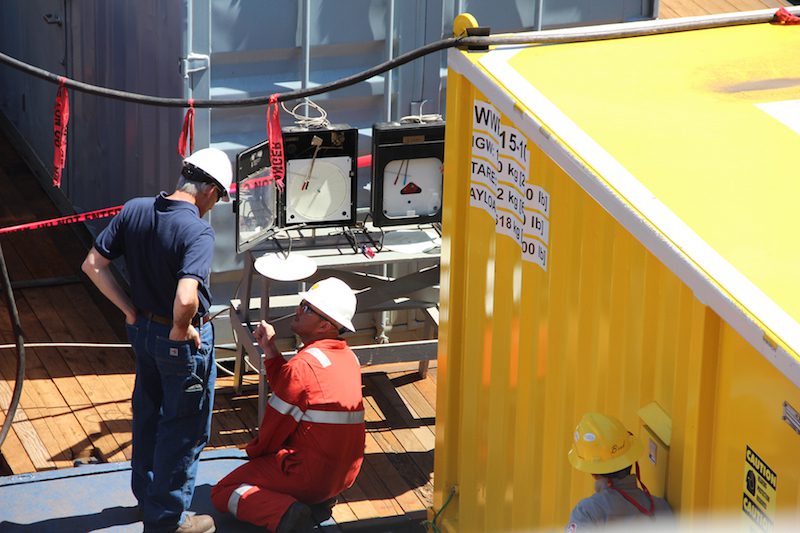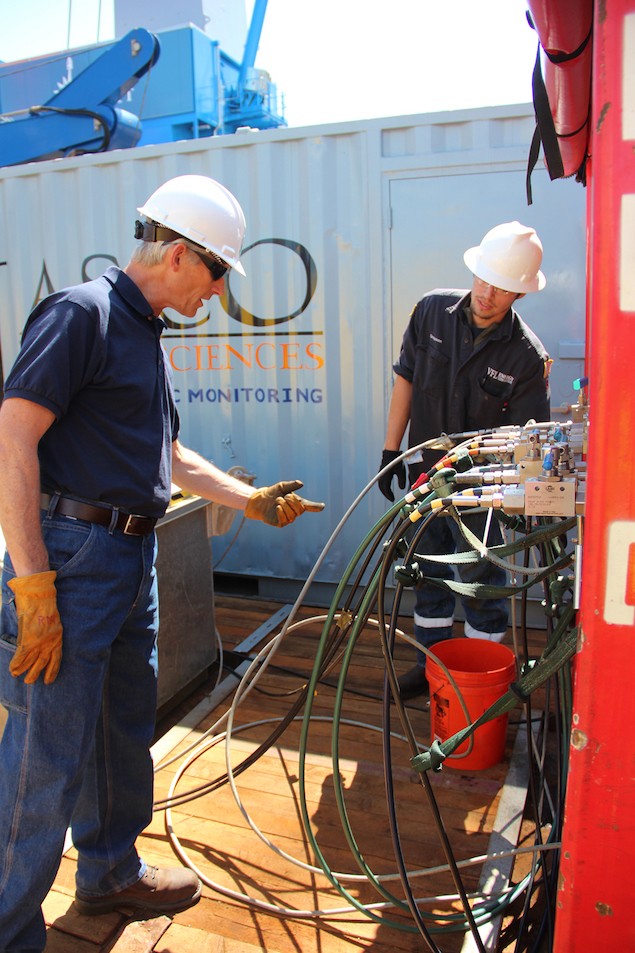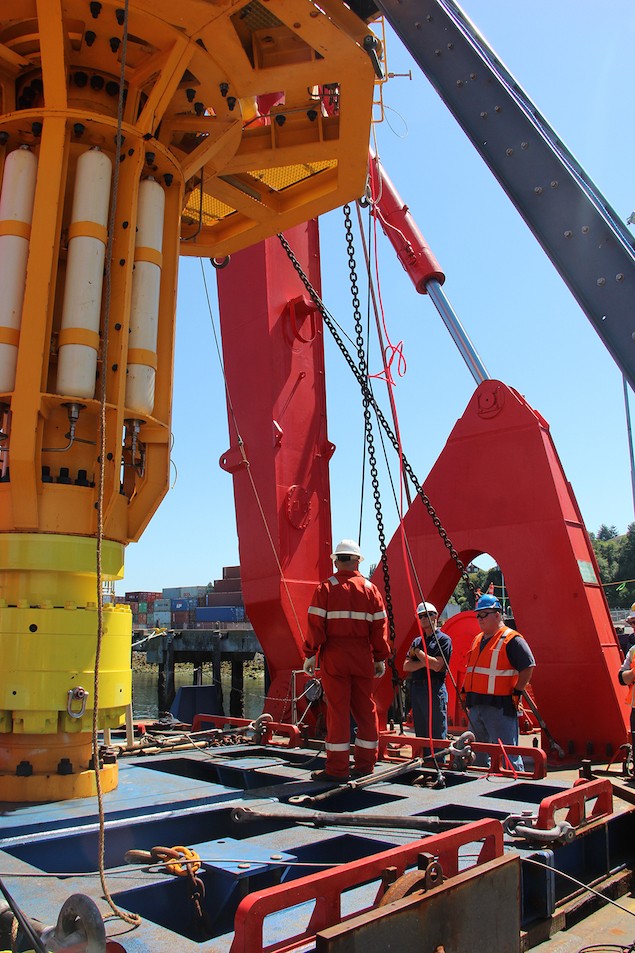BSEE Alaska Region Director Mark Fesmire oversaw the tests this week in Puget Sound. Photo: BSEE
The Bureau of Safety and Environmental Enforcement this week oversaw testing of Shell’s proposed Arctic-ready capping system, a key piece of containment equipment that is considered the line of defense in the case of a major blowout while drilling in the remote arctic waters of the Chukchi Sea.
The tests were carried out before BSEE personnel in Washington’s Puget Sound and were to ensure compliance with rigorous Federal safety standards for oil and gas exploration on the Arctic Outer Continental Shelf.
The capping stack is critical because it is used in the event that all primary and backup blowout prevention equipment fails in the unlikely case of a blowout while drilling.

During the tests, BSEE personnel witnessed the deployment and maneuvering of the capping stack off the rear deck of the Finnish multipurpose icebreaker MV Fennica to 150 feet of water, deeper than Shell’s current well sites in the Chukchi Sea. BSEE confirmed that the capping stack functioned properly under pressures exceeding the maximum expected pressures Shell may encounter in the Arctic.

BSEE is currently reviewing Shell’s request to drill two exploratory wells in the Chukchi Sea this summer. If BSEE approves the drilling permits, as is expected, Shell would be required to maintain the capping stack in a “ready-to-deploy” state on the Fennica and able to be deployed in loss of well control incident within 24 hours.
In addition to these latest tests, BSEE is also overseeing on-water oil spill response exercises and drills and on-site inspections of oil spill response equipment.

BSEE says throughout the proposed drilling operation, it use its authority to conduct a variety of equipment inspections and deployment exercises, including some unannounced, to ensure compliance with all approved plans and permits.


Photos courtesy BSEE

 Join The Club
Join The Club















